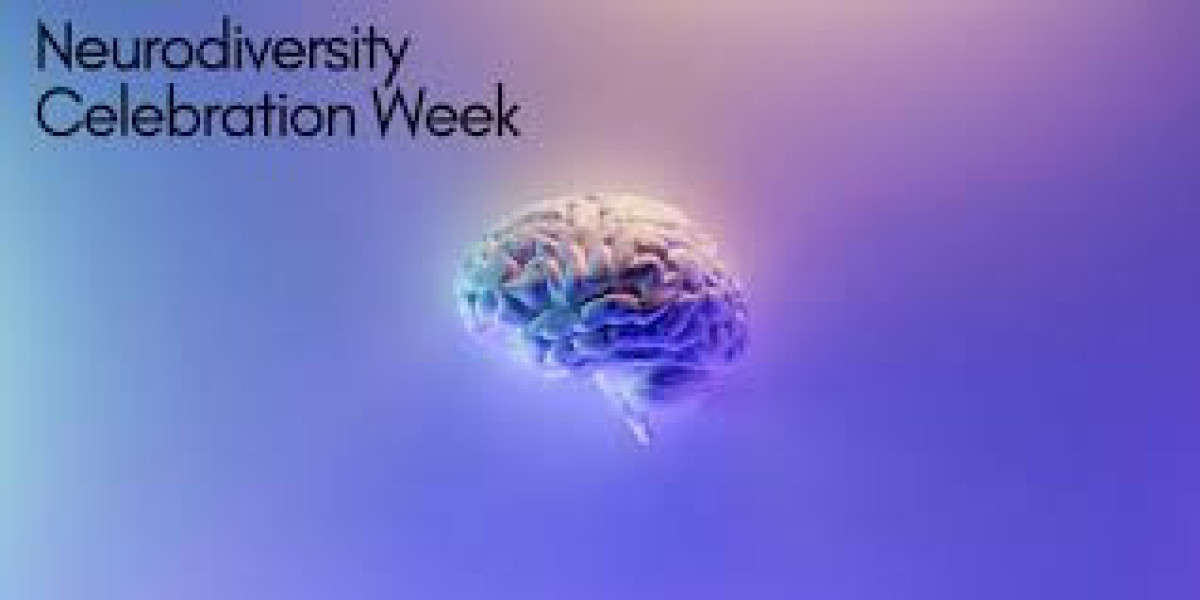Neural Pruning & Wiring: Understanding the Differences Between the Neurodiverse and Autistic Brain
The human brain is a fascinating and ever-changing organ, constantly rewiring itself in response to experiences, learning, and environmental stimuli. One of the key processes that shape the brain is neural pruning, which plays a crucial role i n how individuals process information, regulate emotions, and interact with the world around them. But how does this process differ between neurotypical, neurodiverse, and autistic brains?
n how individuals process information, regulate emotions, and interact with the world around them. But how does this process differ between neurotypical, neurodiverse, and autistic brains?
What is Neural Pruning?
Neural pruning is the brain’s way of optimizing efficiency. When we are born, we have an overabundance of neural connections, or synapses. During early childhood and adolescence, the brain “prunes” or eliminates weaker, unused connections while strengthening the most frequently used ones. This process allows for faster, more efficient processing and helps the brain focus on essential tasks.
Think of it like tending a garden—removing weaker branches allows the strongest ones to thrive. However, research suggests that the way pruning happens varies widely between different neurotypes, including those with autism.
Neural Wiring in a Neurodiverse Brain
Neurodiversity refers to the natural variations in how brains are wired and function. While autism is a part of neurodiversity, not all neurodivergent individuals are autistic. Some may have ADHD, dyslexia, or other cognitive differences. In neurodiverse brains, pruning may happen at a different pace or intensity, leading to unique strengths and challenges:
- More Diverse Pathways: Some neurodivergent brains maintain a higher number of connections, allowing for heightened creativity, pattern recognition, and problem-solving. However, this can sometimes result in sensory sensitivity or difficulties filtering out distractions.
- Flexible Processing: Some individuals may rely on alternative neural pathways, leading to out-of-the-box thinking but sometimes requiring more effort for conventional tasks.
- Stronger Emotional Connectivity: Neurodiverse individuals may experience stronger emotional responses due to differences in how the brain processes emotions and social interactions.
Neural Wiring in an Autistic Brain
Autistic brains often exhibit unique pruning patterns that can contribute to both challenges and extraordinary strengths. A study from Columbia University Medical Center found that children and adolescents with autism have a surplus of synapses due to a slowdown in the normal pruning process during brain development. This suggests that autistic brains retain more connections than neurotypical brains, which may contribute to both heightened sensory processing and challenges with information overload.
🔗 Read the full study
Additional research published in Frontiers in Neuroscience indicates that disrupted synaptic pruning mediated by microglia (the brain’s immune cells) may play a role in autism spectrum disorders. This means that while the autistic brain may excel in pattern recognition and detail-oriented thinking, it can also struggle with sensory integration and regulation due to excess neural connections.
🔗 Read the study
A study in Brain Connectivity further explores how autistic individuals exhibit different connectivity patterns, particularly in regions responsible for social processing. These differences may explain why some autistic individuals experience challenges with nonverbal communication, facial recognition, and social interactions.
🔗 Read more
What Does This Mean for Daily Life?
Understanding these differences can help us approach neurodiversity with greater acceptance and support. Here are some key takeaways:
✅ Support Sensory Needs: Since autistic brains often experience heightened sensory input, providing sensory-friendly environments can help prevent overwhelm.
✅ Leverage Strengths: A brain with retained neural pathways may be more detail-oriented, analytical, or creative—embracing these strengths rather than forcing traditional learning methods is key.
✅ Communication Strategies Matter: Recognizing that social processing differences exist can help both neurodiverse and neurotypical individuals communicate more effectively by being clear, patient, and direct.
✅ Encourage Self-Regulation Tools: Since emotional responses and sensory processing are different in autistic individuals, tools like mindfulness, sensory breaks, and structured routines can support well-being.
Final Thoughts
Neural pruning and wiring differences are not deficits—they are simply variations in how the brain functions and processes the world. Research continues to shed light on how these processes influence cognitive abilities, sensory experiences, and emotional regulation.
By understanding and embracing these unique wiring patterns, we move toward a world where neurodiversity is not just accepted but celebrated.
